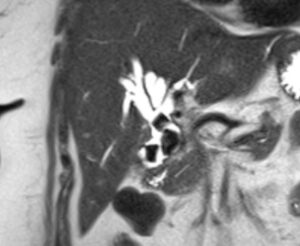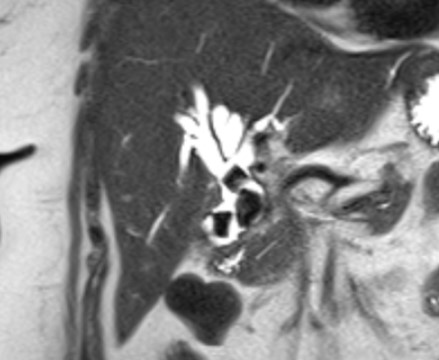Unusual complications of gallstone – Case 1
14th October 2022
Gallstones occurs in 20% of the population. Common complications are infected gallbladder (cholecystitis), inflammed pancreas (pancreatitis) and bile duct infection (cholangitis).
I recently had a patient with a rare complication of gallstones. The patient presented with jaundice and gallstones that eroded through the gallbladder into the common hepatic duct. This condition is called Mirizzi syndrome.
Pablo Mirizzi is an Argentinian surgeon who first described this condition in 1940. Initially, he thought that the hepatic duct obstruction was due to spasm of the hepatic duct. This theory has evolved and now our understanding is that the blockage is due to gallstones pressing or eroding into the common hepatic duct. Mirizzi syndrome is classified into type 1 to 5. This grading refers to the degree of erosion of gallstones into the common hepatic duct.
The surgery for this condition can be challenging. Besides removing the gallbladder and clearing the stones, the repair of the eroded hepatic duct has to be carefully planned. In severe cases where the hepatic duct cannot be repaired, it may require a hepaticojejunostomy (joining the hepatic duct to a loop of small intestine).
My recent patient had a scan which reported that 2/3 of the hepatic duct was eroded by the gallstones. In this case the stones were removed with a choledochoscope (a special video system to look inside the bile ducts) and we manage to repair the hepatic duct avoiding a hepaticojejunostomy.
Complications from gallstones disease is common. Surgery must proceed with careful planning.
Share this blog via:





